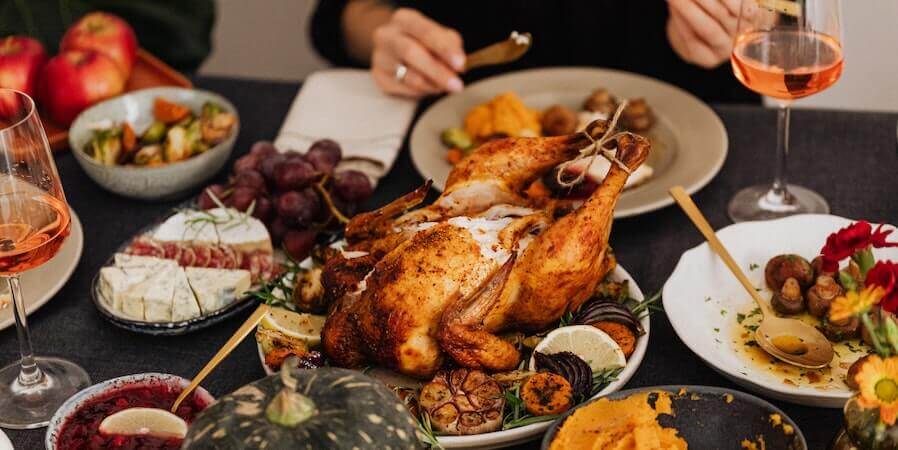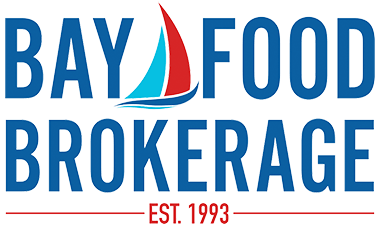
The average consumer probably doesn’t know how long it takes for their Thanksgiving turkey or Christmas cookie platter to get from product development to their grocery store. But our director of deli and emerging business, Erin McCulloch-Crume, does: about a year. In fact, many manufacturers don’t even know how far in advance they need to start working on getting holiday food products into retailers.
“Manufacturers who haven’t done seasonal food products before often don’t know how early buyers are actually making decisions,” Erin said. “You need to get things started a year in advance to get these products on shelves for the following holiday season.”
For manufacturers considering adding holiday food products to their offerings, Erin recommends the following timeline:

- Q4 of the previous year: Begin planning varieties and assortment, and start marketing initiatives
- February and March: Presentation of seasonal food products to retailers
- By Mid-April: All presentations have been made
- By May (or June at the latest): Buyers have made decisions and given volume commitments
- End of October: All holiday food products ship to retailers
- First Week of November: Retailers receive products
- November and December: Seasonal food products on the shelves in store
Tips for Getting Holiday Food Products into Stores
Erin also offers the following advice for manufacturers interested in getting seasonal food products into stores.
- Start talking to buyers early and often about food trends. Ask what they would like to sell in stores next holiday season. Also, lean on your retail food brokerage partner for advice. Ask them to call buyers to see what they’re looking for. Then, consider opportunities to offer creative ideas and solutions.
- When you’re considering pricing of holiday food products, don’t price it for today. Think through what you’d want to sell them for next year. Take into account potential cost increases, inflation and other industry and economic forces that may impact pricing strategies a year from now.
- For branded products, include holiday food promotions and other marketing initiatives in next year’s marketing budget. This can be tricky, because you may need to make decisions about what you need next year before you have sales for the current holiday season. However, if you have data from the year prior, review that. It may help you make educated guesses on what will work for next year.
- Try to offer packaged goods instead of foods grocery store employees have to assemble. For example, instead of offering a party platter that requires someone in-store to build it, can you can offer a platter that arrives to the store ready for the deli case? Look for ways to drive appeal to the consumer with a store-made look and feel without the store having to put in the labor.
How a Broker Can Help
There are many ways the right retail food broker partner can help get holiday food products into retailers.
First, because brokers have existing relationships with retailers, they can easily find out what retailers are looking for. Every retailer is different. A broker can learn what holiday food products retailers are interested in for next year. Then, they can work with their manufacturers to deliver unique and creative solutions.
Brokers can also help manufacturers tailor presentations to the retailers. One size does not fit all, especially when pitching seasonal food products. A broker who knows each retailer you’re approaching should know the right angle to take to be effective.
Once orders are placed and products are delivered to stores, brokers can make sure they’re displayed correctly. For example, our Retail Representatives visit retailers to ensure our clients’ products are on shelves and have strong placement. This service is especially important with holiday food products, because they don’t have a usual place on the shelf like year-round items do.
